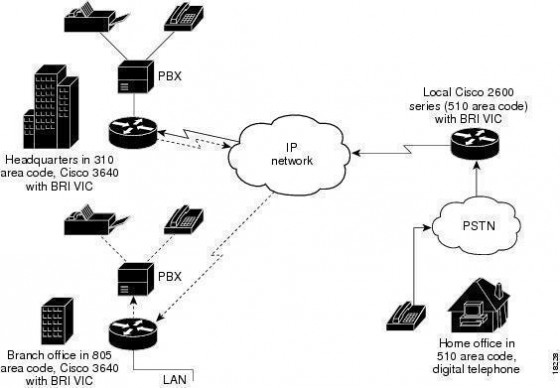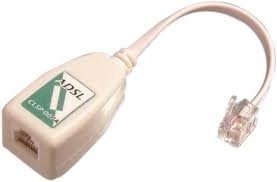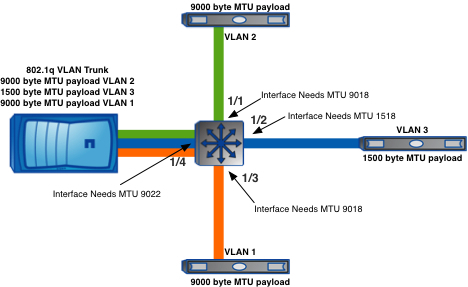ISDN BRI (Basic Rate Interface) is a standard Integrated Services Digital Network (ISDN) service meant for residential and small scale business Internet connections. There is another type of ISDN configuration called the Primary Rate Interface (PRI) that is designed to provide higher bandwidth. The BRI configuration defined in the physical layer standard I.430 produced by the ITU.
Both the BRI and PRI are designed similarly. That is, both make use of the B and D channels for data communication, but in different combinations. B Channel or the Bearer Channel is used for data transmission – including voice – and D channel is meant for signaling and control (data can also be transmitted through D channels). The basic rate interface, BRI, is made up of two 64 Kbps B-channel and one 16 Kbps D-channel. Hence, it is also referred to as 2B+D. Bonding together the two B channels, BRI can provide a data rate up to 128 Kbps.
An ISDN BRI provides two 64 Kbps digital channels to the user, which are simultaneously capable of receiving or transmitting any digital signal – video, voice, or data. ISDN Terminal Adapters – instead of modems – function as the customer-premise connection to this service, enabling the user to make direct connections of data terminals and telephones.




Follow Us!